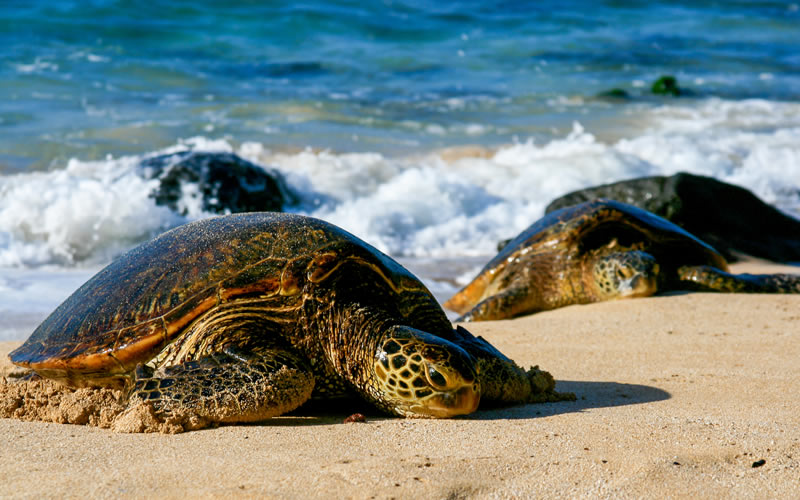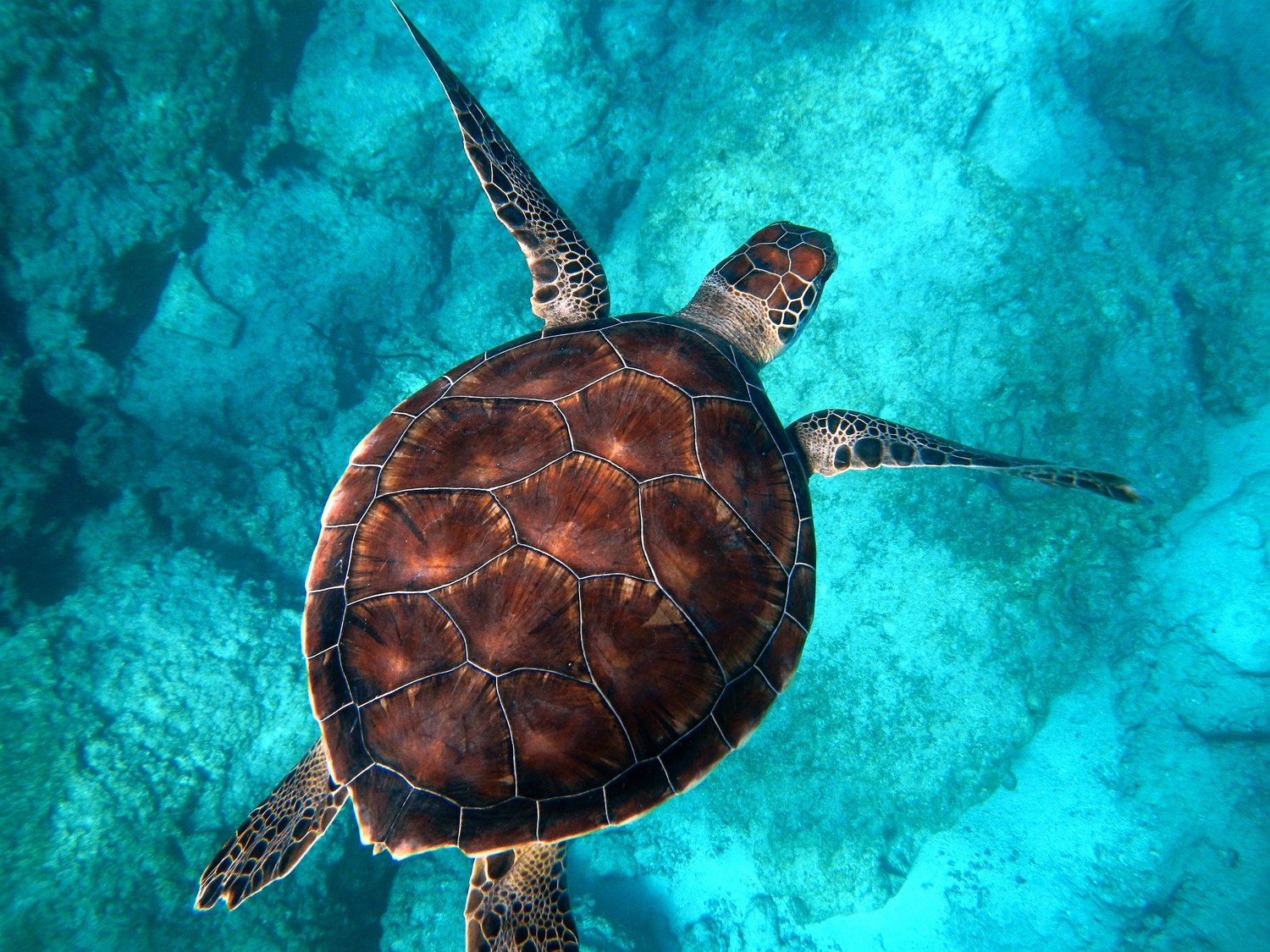How Many Turtles Are Left in the World: A Comprehensive Study
The global decline of turtle populations has become a pressing concern for scientists, conservationists, and nature enthusiasts. Understanding the current status of turtle populations worldwide is crucial for developing effective conservation strategies. In this article, we delve into the question, "How many turtles are left in the world?" By analyzing various turtle species and their population trends, we aim to shed light on the current state of turtle populations and emphasize the urgency of conservation efforts.
1. The Importance of Turtles in Ecosystems:

The Importance of Turtles in Ecosystems
Turtles play a vital role in maintaining the ecological balance of aquatic and terrestrial environments. As both predators and prey, they contribute to the overall biodiversity of their habitats. Furthermore, turtles aid in seed dispersal and nutrient cycling, making them critical for the health and functioning of ecosystems.
2. Factors Threatening Turtle Populations:

Factors Threatening Turtle Populations
a) Habitat Loss: The destruction and degradation of habitats due to urbanization, agriculture, and pollution pose significant threats to turtle populations worldwide.
b) Climate Change: Rising temperatures, sea-level rise, and altered precipitation patterns impact turtle nesting sites, migration routes, and food availability, jeopardizing their survival.
c) Illegal Trade: The illegal pet trade and consumption of turtles and their eggs have further contributed to their declining populations.
3. Assessing Global Turtle Populations:
To estimate the number of turtles remaining worldwide, scientists employ various methodologies such as population surveys, satellite tracking, and modeling techniques. However, obtaining accurate data for all turtle species is challenging due to their vast distribution and elusive nature.
4. Case Studies:
Examining Specific Turtle Species:
a) Loggerhead Sea Turtles (Caretta caretta): This species faces numerous threats, including habitat loss, accidental capture in fishing gear, and climate change. The International Union for Conservation of Nature (IUCN) estimates their global population at around 40,000 to 60,000 nesting females.
b) Leatherback Turtles (Dermochelys coriacea): With their unique physiology, leatherbacks face challenges such as egg predation, habitat degradation, and accidental capture. The Pacific leatherback population, for instance, has declined by approximately 97% in the past three decades.
c) Galapagos Giant Tortoises (Chelonoidis spp.): These iconic creatures have experienced severe declines due to human activities, leading to the near extinction of some species. Conservation efforts, such as captive breeding programs, have helped recover populations, but threats persist.
5. Regional Variances in Turtle Populations:
a) Asia: Several turtle species in Asia, including the critically endangered Yangtze giant softshell turtle (Rafetus swinhoei), face imminent extinction due to habitat loss and overexploitation.
b) North America: In North America, the population of the Kemp's ridley sea turtle (Lepidochelys kempii) has shown signs of recovery thanks to conservation measures, yet challenges remain.
c) Africa: The African helmeted turtle (Pelomedusa subrufa) faces population declines due to habitat degradation and collection for the pet trade.
6. Conservation Efforts and Initiatives:
To protect and restore turtle populations, conservation organizations and governments worldwide have implemented various initiatives, such as protected areas, habitat restoration projects, and public awareness campaigns. These efforts aim to mitigate the threats facing turtles and ensure their long-term survival.
While obtaining an exact number of turtles remaining in the world is challenging, the evidence indicates alarming population declines across numerous turtle species. Urgent action is needed to combat habitat loss, climate change, and illegal trade to safeguard these magnificent creatures and preserve the ecosystems they inhabit. By prioritizing conservation efforts and raising awareness, we can secure a brighter future for turtles and maintain the delicate balance of our planet's biodiversity.